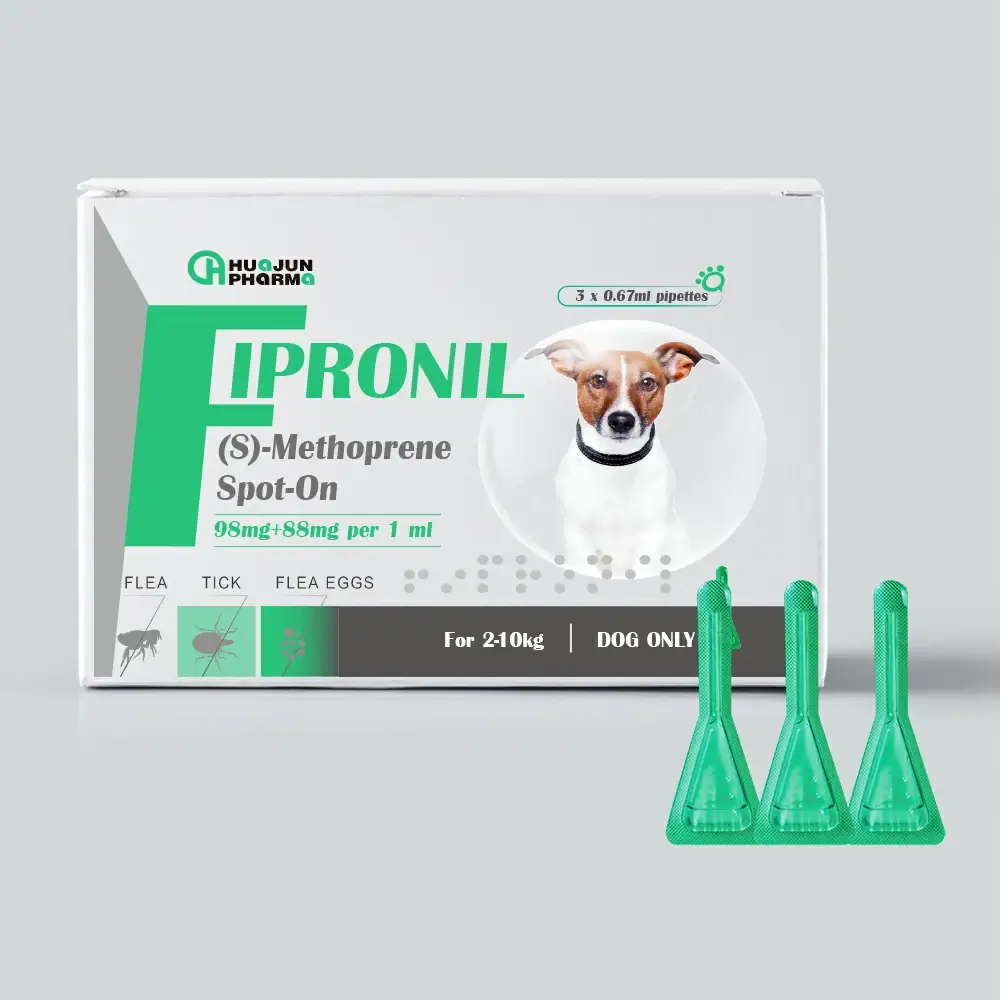
Ara . 11, 2024 17:58 Back to list
Coccidiosis Impact on Chicken Health and Management Strategies in China
Coccidiosis in Chickens An Overview of the Issue in China
Coccidiosis is a significant disease affecting poultry, especially chickens, and has emerged as a major concern for the poultry industry in China. This protozoan infection, caused by various species of the genus Eimeria, is particularly problematic in young chicks. Understanding the epidemiology, impact, and management strategies for coccidiosis is essential for poultry producers aiming to maintain healthy flocks and optimize production.
Understanding Coccidiosis
Coccidiosis in chickens is primarily caused by ingesting oocysts from contaminated feed, water, or litter. The lifecycle of Eimeria involves several stages, culminating in the development of oocysts that can survive in harsh environments for prolonged periods. Chickens that ingest these oocysts become infected, and the parasites localize in the intestinal tract, leading to cellular damage, inflammation, and a variety of clinical signs.
Affected chickens may exhibit symptoms such as diarrhea, weight loss, poor feed conversion, and decreased egg production. In severe cases, the disease can lead to high mortality rates, particularly in young birds. The economic ramifications of coccidiosis can be substantial, with losses attributable to reduced productivity, increased medication costs, and the need for enhanced biosecurity measures.
The Situation in China
In China, the rapid expansion of the poultry industry over the last few decades has led to increased incidences of coccidiosis. Intensive farming practices, high-density stocking, and a lack of proper sanitation have created an environment conducive to the spread of this disease. Factors such as fluctuating weather conditions can also exacerbate the situation by impacting the management practices of poultry production facilities.
Moreover, the extensive use of anticoccidial drugs in feed has led to concerns regarding the development of drug resistance. This resistance can complicate treatment and management strategies, forcing producers to seek alternative methods to control the disease.
Impact on the Poultry Industry
Coccidiosis not only threatens the health of chickens but also poses a risk to the economic stability of the poultry sector in China. The financial losses can stem from direct costs associated with treatment and prevention, as well as indirect costs linked to decreased productivity. In the face of coccidiosis outbreaks, farmers may be forced to cull affected flocks or implement costly biosecurity measures to contain the disease.
china coccidiosis in chickens

The impact of coccidiosis extends beyond individual farms, affecting the overall supply chain. With China being one of the world's largest poultry producers, disease outbreaks can influence market prices and availability, ultimately affecting consumers.
Management Strategies
Effective management strategies are essential to mitigate the impact of coccidiosis in chickens. A multifaceted approach is often the most successful. Key strategies include
1. Good Farm Management Practices Implementing strict biosecurity measures, such as regular cleaning and disinfection of poultry houses and equipment, can minimize the risk of coccidial infection. Proper flock management, including appropriate stocking densities and nutrition, is crucial.
2. Vaccination and Anticoccidial Programs While traditional anticoccidial medications have been widely used, there is a growing trend toward vaccination against coccidiosis. By using live or attenuated vaccines, farmers can help bolster the chickens' immune response.
3. Monitoring and Surveillance Regular monitoring of flock health and surveillance for signs of coccidiosis can assist in early detection and treatment. Implementing a health management plan that includes regular fecal examinations to identify oocyst shedding is advisable.
4. Research and Development Continued research into alternative treatment options, such as herbal remedies and the development of novel vaccines, is essential. The integration of these new methods can provide a safer and more sustainable approach to managing coccidiosis.
Conclusion
Coccidiosis remains a pressing issue within the chicken industry in China, demanding the attention of poultry producers, veterinarians, and researchers. Through improved management practices, vigilant monitoring, and ongoing research into alternative control methods, the damages caused by this parasitic disease can be effectively mitigated, ensuring the health of chickens and the prosperity of the poultry industry.
-
Quality Bacillus Coagulans BC30 Factory - Expert Production
NewsAug.02,2025
-
China Salivation AI with GPT-4 Turbo Features
NewsAug.01,2025
-
Epic Sepsis Factories: AI-Driven Detection with GPT-4 Turbo
NewsJul.31,2025
-
Acute Salpingitis and Oophoritis AI Factory
NewsJul.31,2025
-
Premium China Bacillus Subtilis Supplier & Factory Solutions
NewsJul.30,2025
-
Premium Avermectin Supplier in China | Custom Solutions Available
NewsJul.29,2025




